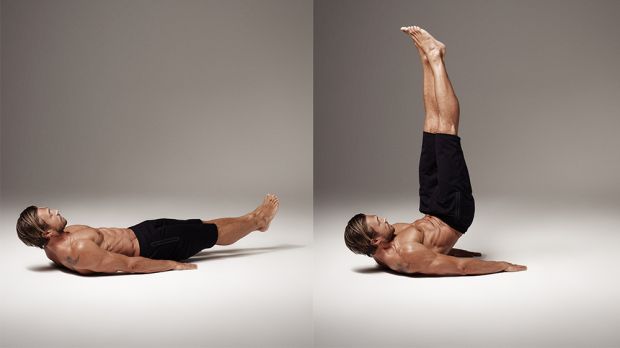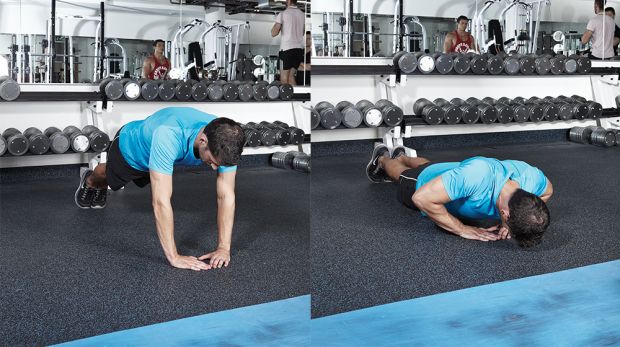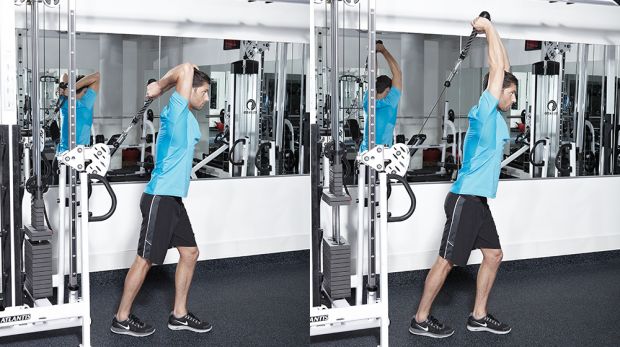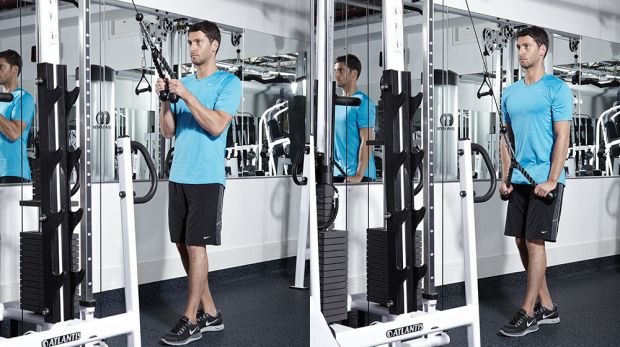Build An Incredible Back With This 30 Minute Workout
Build An Incredible Back With This 30 Minute Workout
Your goal is to build a perfect back, but you don’t have the time! You can train hard, you can eat right but you really do not have the time to spend in the gym. You go to work, you take care of your family and you are not the same gym goer you used to be.
Believe it or not, you can still build an impressive back with a 30 minute workout. The back is a complex area that can be divided into 3 main parts:
- Lower back.
- Middle back.
- Upper back.
If you dedicate 10 minutes of intense training to each one of these areas and give all you can, you can be sure that you’ll send a strong stimulating signal to your back, to make it grow. Let’s take a look at the exercises for each of these main areas of the back.

Your Lower Back
Because the lower back can take the most beating, you’ll be training it with the heaviest weights and you want to hit this area first. The exercise of choice here are the deadlifts for obvious reasons. Deadlifts stimulate the whole back, but target the lower back the most and you’ll be able to handle heavy reps by using correct deadlift form.
You should be able to complete 5 sets of deadlifts in 10 minutes. Use the first and the second set as warm up sets. Then increase the weight gradually from the third to the fifth set and give all you got.

Your Middle Back
Your middle back ( or your lats ) can be worked with two compound movements in a super-set. You can start with lat pulldowns (or pull-ups) as a first exercise and superset with cable rows. Combining these two exercises will make sure you are hitting your lats hard and saving time when doing supersets. Aim for 3 super-sets in 10 minutes.

Your Upper Back
This is the final part. You have already worked these parts to an extent with the deadlifts so you can use moderate weights now. You are going to do barbell shrugs and upright rows for your upper back. Try to do 3 sets of 10-12 reps for each of these exercises.

About The Back Workout
Even though it’s just a 30 minute workout, you’ll see that this is one tough back workout. Remember, you are in the gym to work out, so make sure you are using the short times between exercises to take your breath and not talk or socialise. You’ll be doing a great amount of volume in just 30 minutes. Be sure you have enough fuel in your tank to go through the workout.








































